-

Powdered Erythritol What Is It?
Erythritol is a new type of fermented low calorie sweetener produced by biotechnology. In June 1999, the International Expert Committee on Food Additives (JECFA) approved Erythrito...MoreJan 17,2025 -
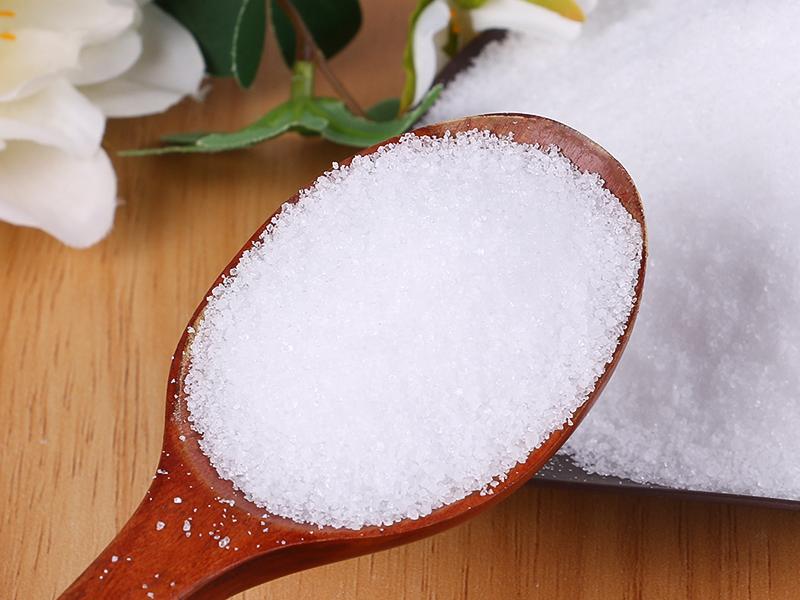
Erythritol Is It Bad?
1 Physical and chemical properties of erythritol1.1 Source and typeErythritol, also known as protoalcohol, is a kind of natural active substance widely existed in nature. Erythrito...MoreJan 17,2025 -
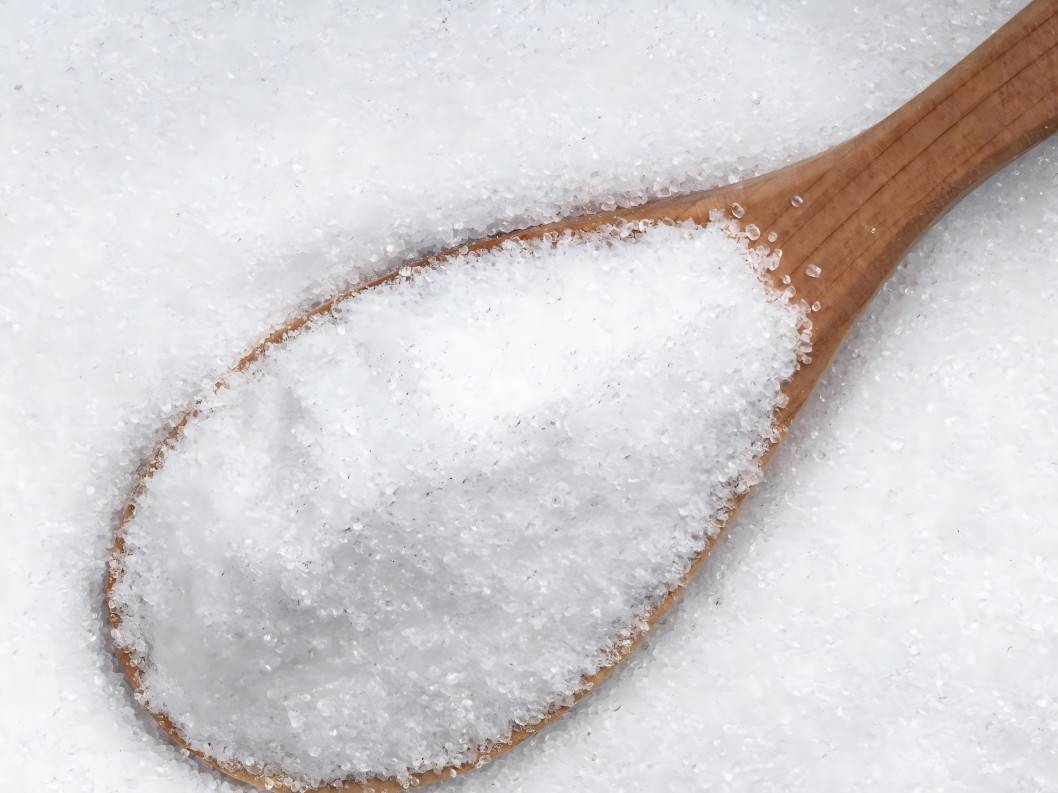
Is Erythritol Powder Good for Diabetics?
Excessive sugar consumption is one of the main causes of chronic diseases in humans, leading to high rates of diabetes, obesity, cardiovascular disease and cancer. At the same time...MoreJan 17,2025 -
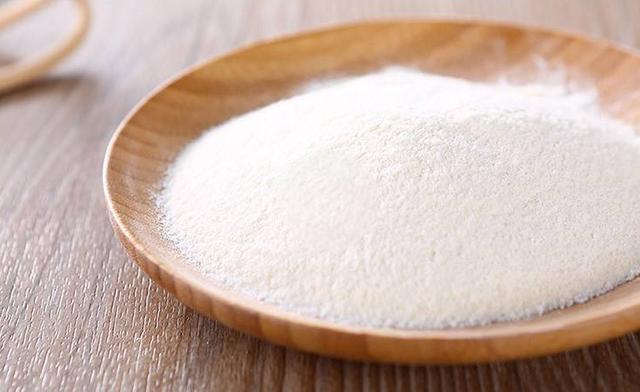
Development in Vanillin Production Technology
1 PrefaceVanillin, scientific name 3 - methoxy - 4 - hydroxybenzaldehyde, white or light yellow needle or crystalline powder, melting point 82 ~ 83 ℃, with vanillin's character...MoreJan 16,2025 -
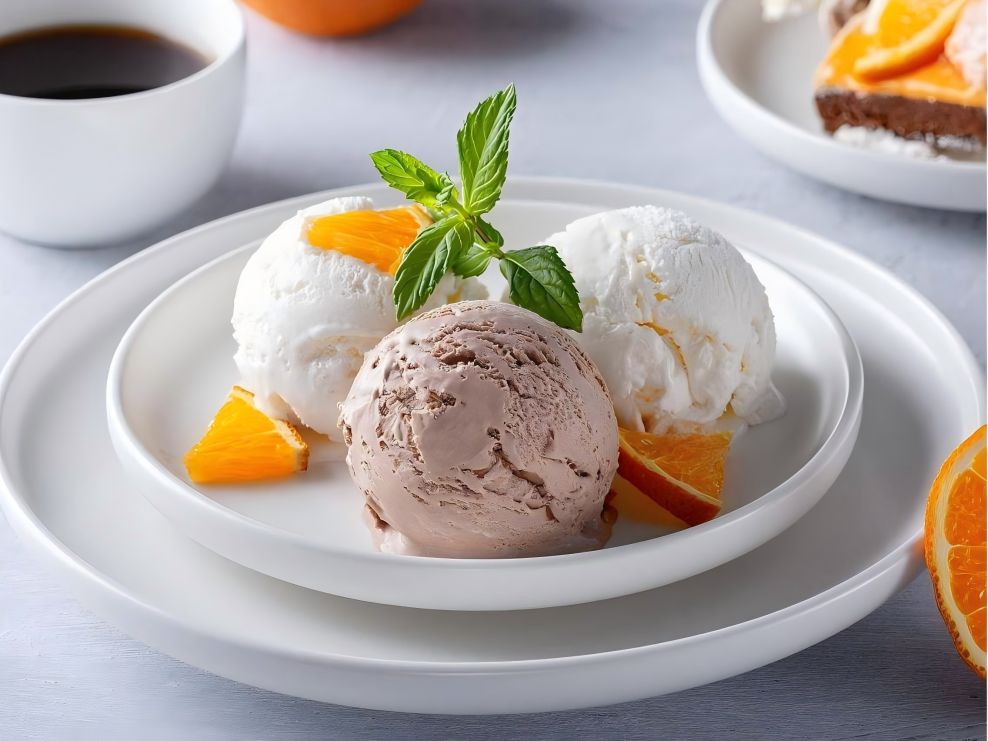
What Are the Testing Methods for Vanillin Powder?
Abstract:Vanillin powder is widely used in food because of its unique flavor, but its excessive intake may harm people's health, therefore, the detection of vanillin in food is...MoreJan 16,2025 -

5 Methods to Get Synthetic Vanillin
4-Hydroxy-3-methoxybenzaldehyde, commonly known as vanillin. It is an important flavor, widely used in cosmetics, soaps, beverages, cigarettes and baked goods. Meanwhile, vanillin ...MoreJan 16,2025 -
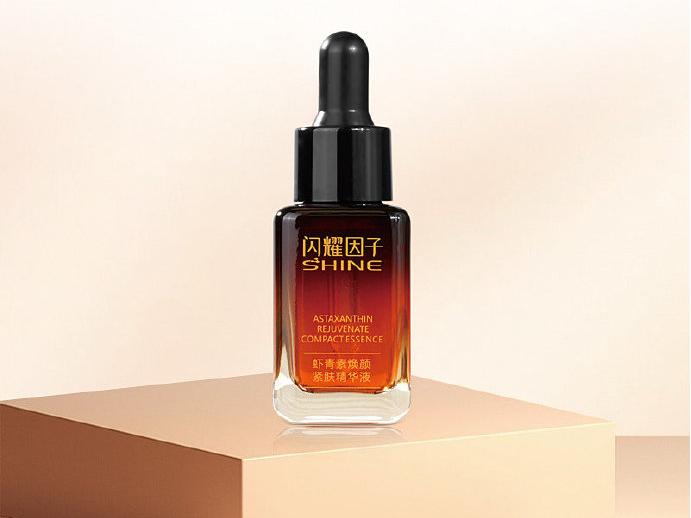
What Are the Benefits and Side Effects of Astaxanthin?
To date, more than 600 natural carotenoids have been discovered [1]. Among them, the antioxidant carotenoid astaxanthin is extremely beneficial to health. Its chemical name is 3,3&...MoreJan 16,2025 -

What Are Astaxanthin Uses in Aquaculture?
Astaxanthin is a type of carotenoid that not only has a good coloring effect on aquatic animals, but also has the effect of preventing discoloration and deterioration and keeping t...MoreJan 16,2025 -
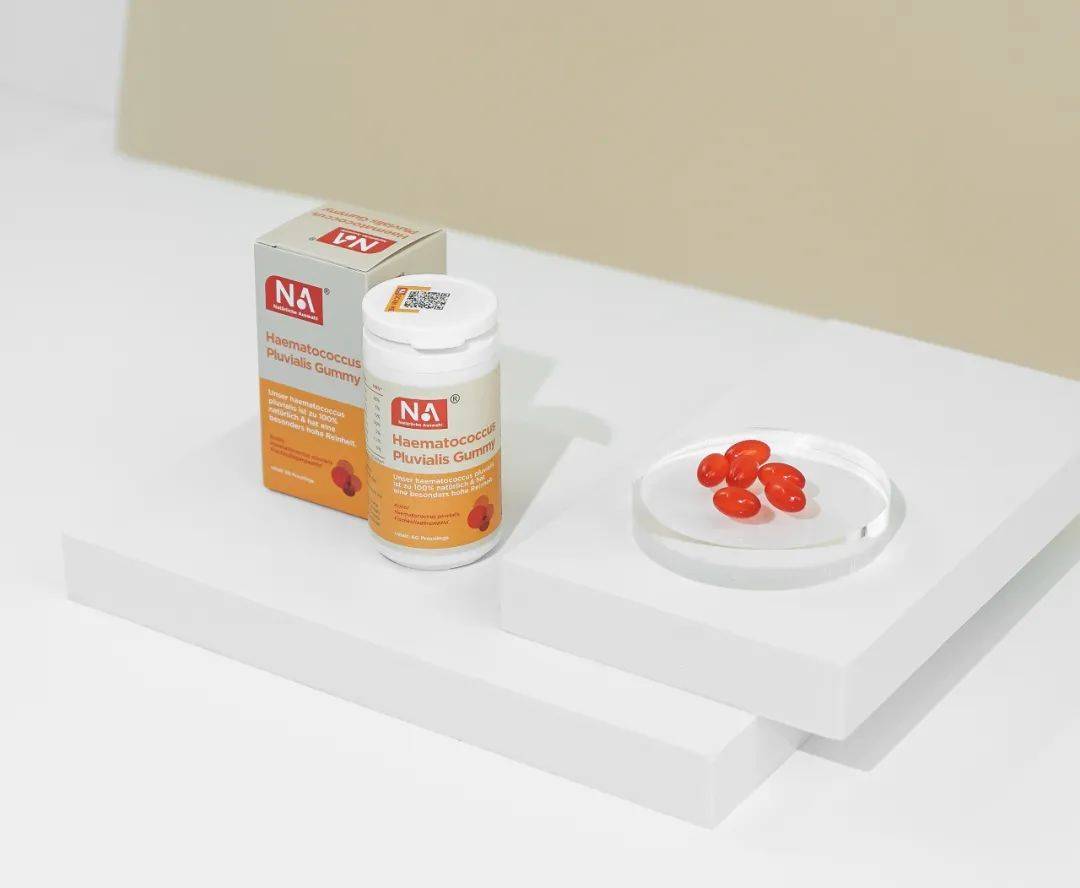
Astaxanthin What Does It Do?
Astaxanthin is a keto-type carotenoid that is widely found in nature. Its chemical name is 3,3'-dihydroxy-4,4'-dione-beta,beta'-carotene, its molecular formula is C40H5...MoreJan 16,2025 -
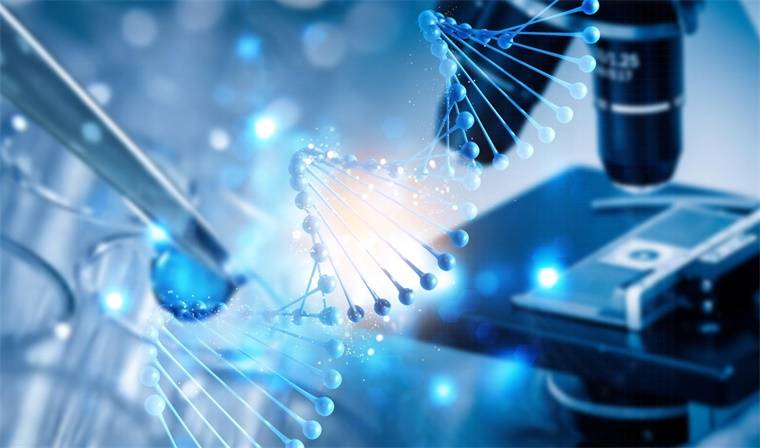
How to Biosynthesis of Astaxanthin?
Astaxanthin is a fat-soluble carotenoid pigment originally isolated from lobsters [1]. It is found in a variety of algae, microorganisms, crustaceans and marine fish, but is rarely...MoreJan 16,2025


 English
English French
French Spanish
Spanish Russian
Russian Korean
Korean Japanese
Japanese



